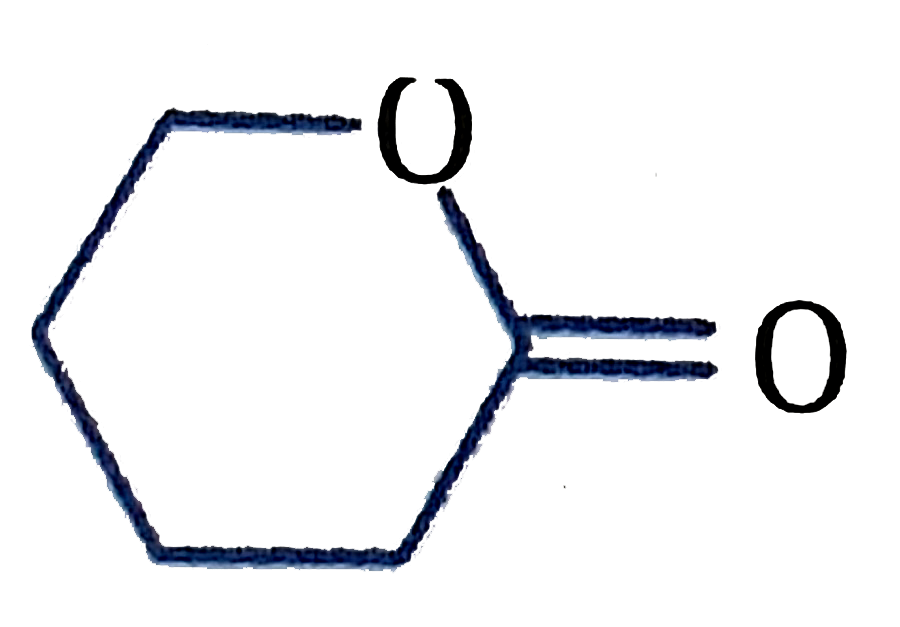Rate of hydrolysis : ester, acid chloride, acid anhydride
Step by step video & image solution for Rate of hydrolysis : ester, acid chloride, acid anhydride by Chemistry experts to help you in doubts & scoring excellent marks in Class 12 exams.
Updated on:21/07/2023Similar Questions
Primary and secondary amines react with acid chloride or acid anhydride to form
View SolutionAmides undergo hydrolysis to yield carboxylic acid plus amine on heating in either aqueous acid or aqueous base. The conditions required for amide hydrolysis are more severe than those required for the hydrolysis of esters, anhydrides or acid chlorides, but the mechanism is similar (nucleophilic acyl substitution). Nucleophilic acyl substitutions involve a tetrahedral intermediate, hence these are quite different from alkyl substitution
(RCH2BrNaCN−−−→RCH2CN)
which involves a pentavalent intermediate or transition state. One of the important reactions of esters is their reaction with two equivalent of Grignard reagent to give tertiary alcohols.
The mechanism involved during the hydrolysis of acid derivatives is:
View Solution
Knowledge Check
The acid hydrolysis of ester is
AI order reactionBbimolecular reactionCpseudo unimolecular reactionDallAmides undergo hydrolysis to yield carboxylic acid plus amine on heating in either aqueous acid or aqueous base. The conditions required for amide hydrolysis are more severe than those required for the hydrolysis of esters, anhydrides or acid chlorides, but the mechanism is similar (nucleophilic acyl substitution). Nucleophilic acyl substitutions involve a tetrahedral intermediate, hence these are quite different from alkyl substitution
(RCH2BrNaCN−−−→RCH2CN)
which involves a pentavalent intermediate or transition state. One of the important reactions of esters is their reaction with two equivalent of Grignard reagent to give tertiary alcohols.
For which functional derivative of carboxylic acids, acidic hydrolysis is the fastest?AAcid chloridesBAcid amidseCAcid anhydridesDEstersAmides undergo hydrolysis to yield carboxylic acid plus amine on heating in either aqueous acid or aqueous base. The conditions required for amide hydrolysis are more severe than those required for the hydrolysis of esters, anhydrides or acid chlorides, but the mechanism is similar (nucleophilic acyl substitution). Nucleophilic acyl substitutions involve a tetrahedral intermediate, hence these are quite different from alkyl substitution
(RCH2BrNaCN−−−→RCH2CN)
which involves a pentavalent intermediate or transition state. One of the important reactions of esters is their reaction with two equivalent of Grignard reagent to give tertiary alcohols.
Which of the following constitutes the best substrate during the acidic hydrolysis of amides?AR−O∣∣C−NH2BR−O∣∣C−+NH3CR−OH⊕C∣∣−NH2DR−OH+∣∣C−+NH3
Amides undergo hydrolysis to yield carboxylic acid plus amine on heating in either aqueous acid or aqueous base. The conditions required for amide hydrolysis are more severe than those required for the hydrolysis of esters, anhydrides or acid chlorides, but the mechanism is similar (nucleophilic acyl substitution). Nucleophilic acyl substitutions involve a tetrahedral intermediate, hence these are quite different from alkyl substitution
(RCH2BrNaCN−−−→RCH2CN)
which involves a pentavalent intermediate or transition state. One of the important reactions of esters is their reaction with two equivalent of Grignard reagent to give tertiary alcohols.
When

is treated with two equivalent of methyl magnesium iodide and the product acidified the final product will be
View SolutionWhich of the following amines undergo nucleophilic acylation reactions on treatment with acid chlorides or acid acylation reactions on treatment with acid chlorides or acid anhydrides to form substituted amides ? .
View SolutionAcid hydrolysis of ester produces
View SolutionThe acid hydrolysis of ester is/are
View SolutionHydrolysis of ester in catalysed by acid. Rate of hydrolysis of ester were obtained initially and after some ester has been hydrolysed as R0 and Rt then (same temp.)
View Solution
